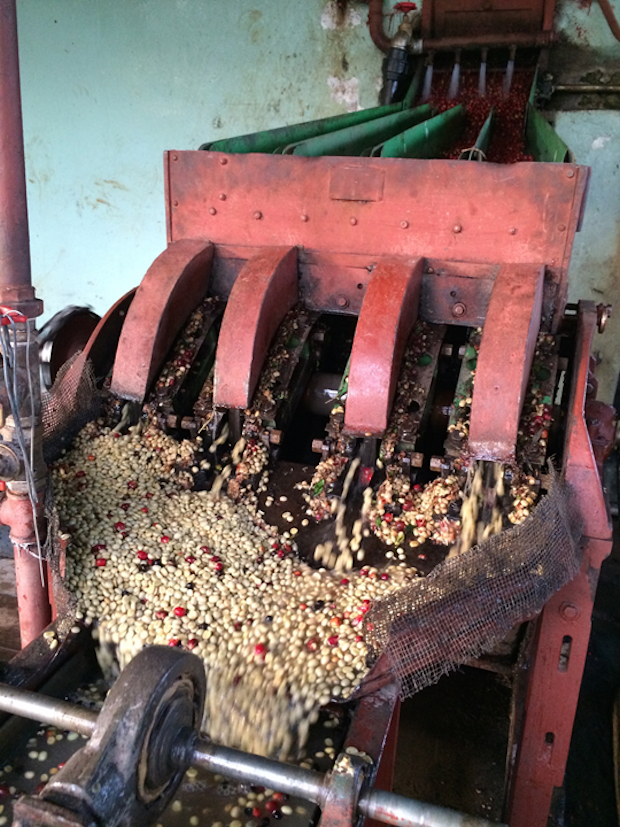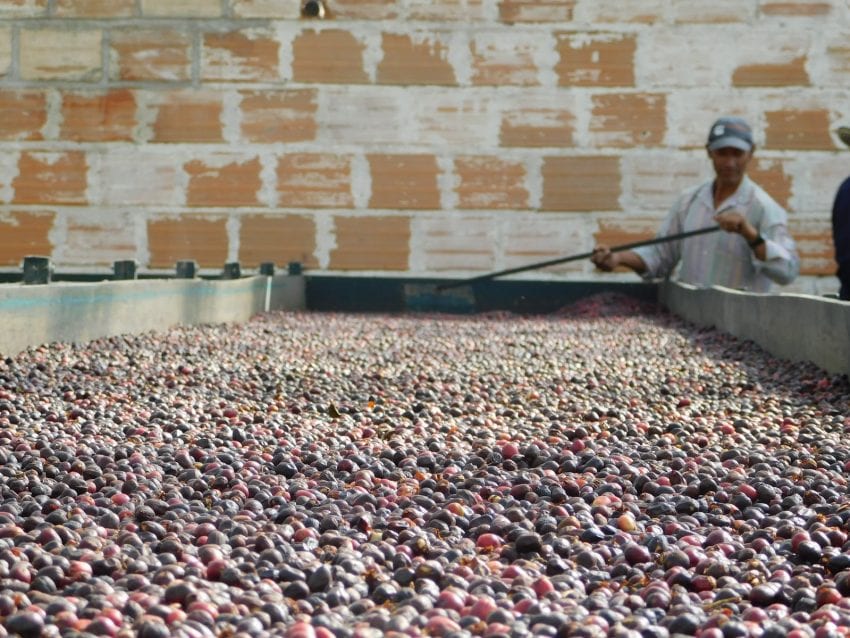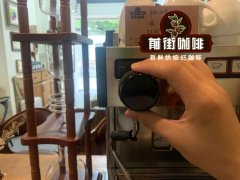Steps and reasons of Wet processing of Coffee beans in Colombia Marketing Strategy of Kopi Luwak
Generally speaking, coffee production determines the production method of the coffee you drink. If manufacturers pursue quality and higher profit margins, the production process needs to be meticulous. As we all know, Colombia is one of the big coffee-producing countries. Colombia has a variety of ways to process coffee, and most single-source boutique coffee producers use the traditional method of wet process. this is because fermentation is very important to the final taste of the product. Most coffee merchants choose a machine-assisted wet processing method. Why? Let's first understand how this processing method works.

Machine-assisted wet processing: wet mechanical desizing or "aquapulp" variants are essentially a shortcut that removes sticky fruit residues from beans by machine (scrubbing) rather than fermentation and washing. This mechanized shortcut is becoming more and more popular for two reasons. Let's take a look at it.
The first point: mechanical desilting reduces water and pollution. When rejecting the waste of mixtures of fermentation residues and washing water, communities downstream of coffee plants stink, injecting smelly water into their fisheries and water supply systems.
The second point: it is easier and more predictable to remove mucus by machine than by fermentation and wet washing. Unfortunately, it is said that machine desizing will prematurely separate fruit from coffee beans, thus limiting the taste of coffee. By eliminating the fermentation steps, this undoubtedly deprives the
The most important expression that mill operators can use to influence the flavor of coffee. In addition, the ecological criticism of fermentation and washing methods is becoming increasingly irrelevant, as the combination of low-water equipment and sedimentation tanks allows serious plant operators to ferment without pollution.

It is also important to consider your marketing strategy. An interesting example is Kopi Luwak coffee, which is one of the most expensive coffee in the world. They saw the opportunity to use a cat called palm masked palm civet or masked palm civet to ferment coffee through digestion. The original idea was that masked palm civet chose the most mature cherries and ate them, and then fermented them in its intestines. Then remove the feces and leave the green coffee seeds. Many experts claim that this does not produce the best coffee, but the idea is a bestseller. This shows how far a good marketing strategy can go.
Important Notice :
前街咖啡 FrontStreet Coffee has moved to new addredd:
FrontStreet Coffee Address: 315,Donghua East Road,GuangZhou
Tel:020 38364473
- Prev

How do I use the capsule coffee maker? The working principle of capsule coffee, is coffee capsule harmful to health?
Most of us drink 3-4 cups of coffee a day. Some people prefer capsule coffee, a new type of coffee device. So is coffee capsule harmful to health? Please keep reading this article to find out the answer. Is Furan in Coffee capsules dangerous? Some researchers have studied a chemical commonly found in coffee called Furan. They announced that
- Next

Coffee machine milk foam steps and skills at home how to play milk foam Mason cup, French pressure pot milk foam?
Latte is one of everyone's favorite coffee drinks, and almost everyone can accept it. If you think it's too bitter, you can add some flavor syrup to it. We often see baristas operate like a tiger on the coffee bar, and the steam sticks begin to pull flowers when they feed into the milk. So how do they do it? Today, let's go into the world of milking.
Related
- Detailed explanation of Jadeite planting Land in Panamanian Jadeite Manor introduction to the grading system of Jadeite competitive bidding, Red bid, Green bid and Rose Summer
- Story of Coffee planting in Brenka region of Costa Rica Stonehenge Manor anaerobic heavy honey treatment of flavor mouth
- What's on the barrel of Blue Mountain Coffee beans?
- Can American coffee also pull flowers? How to use hot American style to pull out a good-looking pattern?
- Can you make a cold extract with coffee beans? What is the right proportion for cold-extracted coffee formula?
- Indonesian PWN Gold Mandrine Coffee Origin Features Flavor How to Chong? Mandolin coffee is American.
- A brief introduction to the flavor characteristics of Brazilian yellow bourbon coffee beans
- What is the effect of different water quality on the flavor of cold-extracted coffee? What kind of water is best for brewing coffee?
- Why do you think of Rose Summer whenever you mention Panamanian coffee?
- Introduction to the characteristics of authentic blue mountain coffee bean producing areas? What is the CIB Coffee Authority in Jamaica?

